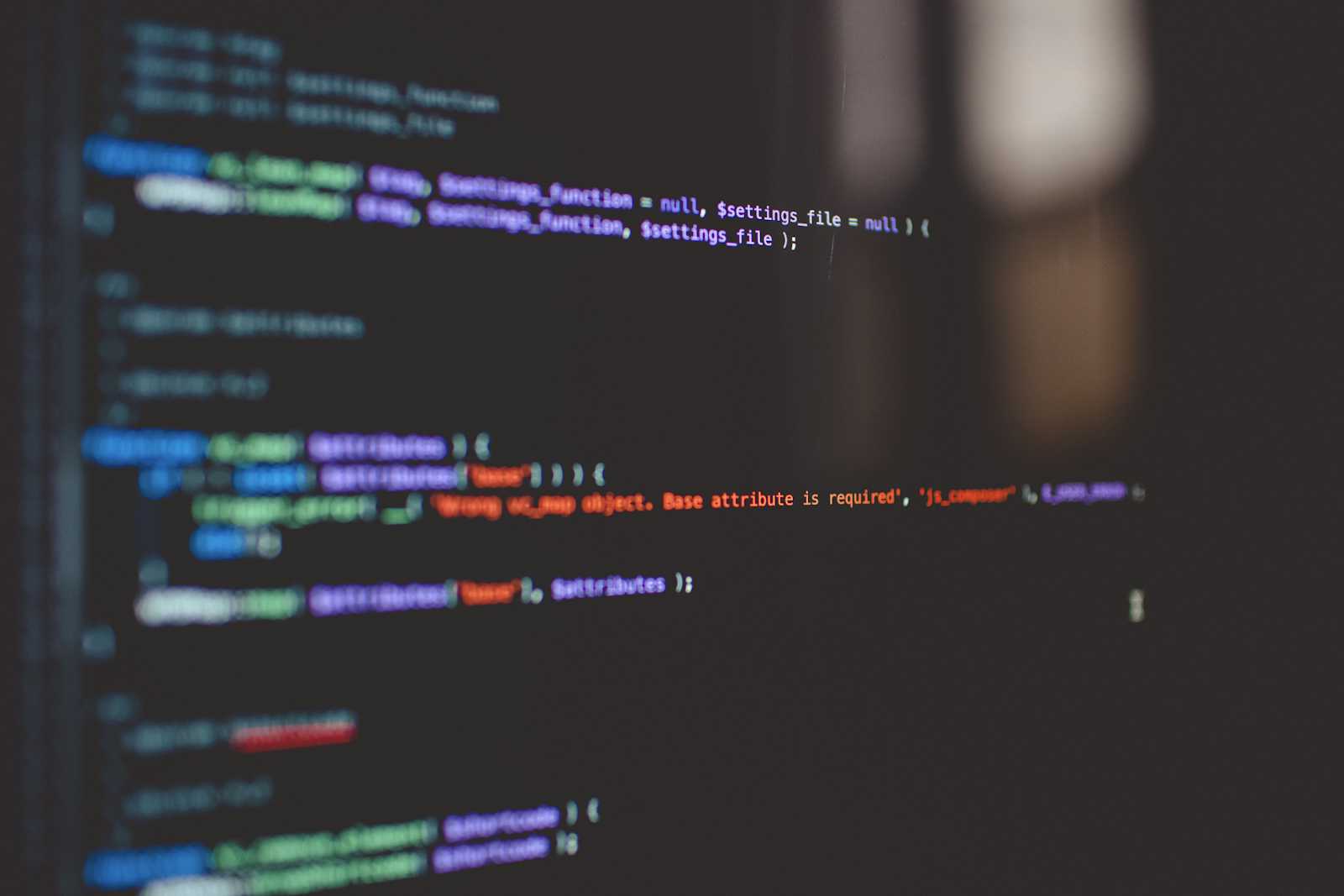Easy Steps for Setting Up a PHP Development Environment
 Saurabh Damale
Saurabh Damale
Setting up a development environment for PHP is essential for writing, running, and testing your code. This guide will help you set up everything you need on your local machine. We'll use XAMPP for this tutorial, as it's a popular and easy-to-use option that bundles Apache, MySQL, PHP, and Perl.
Step-by-Step Guide to Setting Up XAMPP
1. Download XAMPP:
Visit the official XAMPP Website.
Choose the version compatible with your operating system (Windows, macOS, or Linux).
Download the installer.
2. Install XAMPP:
Run the installer you downloaded.
Follow the installation wizard steps. You can leave most of the default settings as they are.
Select the components you want to install. For PHP development, make sure Apache and PHP are selected. MySQL is also recommended if you plan to work with databases.
3. Start XAMPP:
After installation, open the XAMPP Control Panel.
Start the Apache server by clicking the "Start" button next to Apache.
If you're using MySQL, start it as well by clicking the "Start" button next to MySQL.
4. Verify the Installation:
Open your web browser and type
http://localhostin the address bar.You should see the XAMPP welcome page, indicating that the Apache server is running correctly.
Writing Your First PHP Script
Now that you have XAMPP installed and running, let’s write a simple PHP script.
1. Create a PHP File:
Navigate to the XAMPP installation directory. By default, this is usually
C:\xampp\htdocson Windows or/Applications/XAMPP/htdocson macOS.Create a new folder inside
htdocs, for example,my_first_php.Inside the new folder, create a file named
index.php.
2. Write the PHP Code:
Open
index.phpwith your preferred text editor or IDE (like Visual Studio Code, Sublime Text, or Notepad++).Add the following code to
index.php:
<?php
echo "Hello, World!";
?>
3. Run Your PHP Script:
Open your web browser and type
http://localhost/my_first_php/index.phpin the address bar.You should see the message "Hello, World!" displayed on the page.
Exploring the XAMPP Control Panel
The XAMPP Control Panel is the hub for managing your development environment. Here are a few key features:
Apache: The web server that processes PHP files and serves web pages.
MySQL: The database management system you can use to store and manage data.
Modules: Start or stop various modules like FileZilla, Mercury, and Tomcat if you need them.
Configuration: Click "Config" to access configuration files for Apache and MySQL, allowing you to tweak settings.
Logs: View logs for Apache, MySQL, and other services to debug issues.
Troubleshooting Common Issues
Port Conflicts: If Apache won't start, it may be due to a port conflict. Check the logs for error messages. You can change the default ports in the configuration files if necessary.
Permissions: Ensure you have the necessary permissions to write to the
htdocsdirectory.PHP Errors: If your PHP script doesn't run correctly, check for syntax errors in your code. The browser or logs will usually provide error messages to help you debug.
Conclusion
Setting up your PHP development environment with XAMPP is straightforward and sets the stage for efficient coding and testing. By following this guide, you now have a local server running on your machine, and you've written and executed your first PHP script. In the next blog, we'll dive deeper into PHP syntax and variables, building the foundation for more complex applications.
Subscribe to my newsletter
Read articles from Saurabh Damale directly inside your inbox. Subscribe to the newsletter, and don't miss out.
Written by

Saurabh Damale
Saurabh Damale
Hello there! 👋 I'm Saurabh Kailas Damale, a passionate Full Stack Developer with a strong background in creating dynamic and responsive web applications. I thrive on turning complex problems into elegant solutions, and I'm always eager to learn new technologies and tools to enhance my development skills.